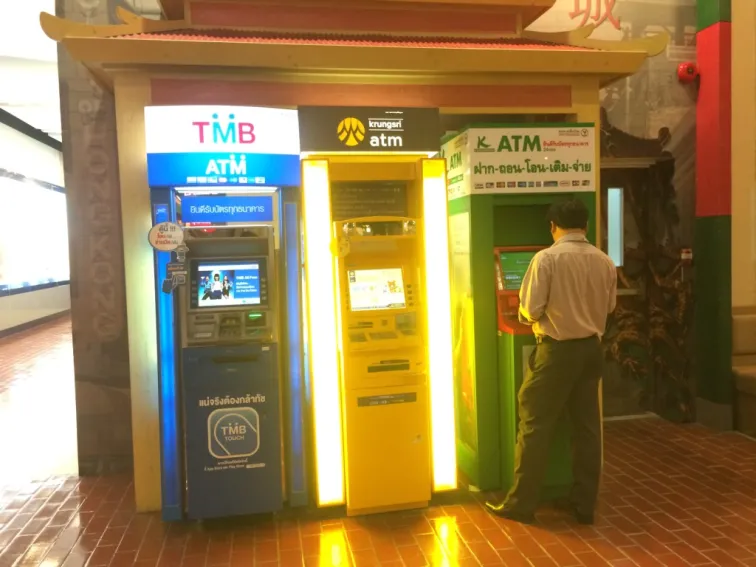
Are Thai banks resilient enough to withstand negative sector trends?
Capital and loan-loss buffers are adequate, says Fitch.
Fitch Ratings expects a further deterioration in Thai banks' performance in 2017, after the full-year results for 2016 showed a rise in impaired loans and a slight decline in profitability. These trends are consistent with our negative outlook on the sector. However, capital and loan-loss buffers continue to rise, and are healthy enough to absorb pressures from the weak operating environment.
Full-year 2016 results have been released by 11 listed Thai banks that account for around 85% of total loans. They showed an increase in the average impaired-loan ratio to 3.5% from 3.2%. 'Special mention' loans were also up.
Here's more from Fitch Ratings:
Fitch expects loan impairment to continue to rise. The rapid increase in leverage across the economy, particularly in the household sector, has raised asset-quality risks. Household debt, for example, was equivalent to 81% of GDP at end-1H16, up from 60% at end-2010. The banks are also likely to continue to face an unsupportive operating environment, with GDP growth forecast to slow from 3.2% to 3.0%.
The banks have responded to rising asset-quality risks by tightening underwriting standards, which, along with weak loan demand from the corporate sector, has weighed on lending. The 2016 results showed loan growth fell to 3.9%, from 5.8%. We believe this growth bottomed out last year, but it is likely to remain slow in 2017 by the standards of the last five years.
Thai banks' profits are likely to remain under pressure from asset-quality issues and slow fee-income growth - which is likely to be hit by the government's e-payments initiative. That said, profits have been relatively stable, considering the difficult environment. Banks' return on equity fell only slightly, to 11.9% from 12.6%. Profits were supported by a rise in net interest income, reflecting reduced reliance on high-cost time deposits and lower competition for deposits amid ample system liquidity and slow loan growth.
The banks have adequate buffers to withstand negative sector trends. Loan-loss coverage of listed banks had increased to 136% by end-2016 from 131%. The industry's standalone Common Equity Tier 1 (CET1) ratio was 14.7% in November 2016, up from 13.9% at end-2015 - based on Bank of Thailand's data for the entire sector.
Fitch expects banks' average loan loss and CET1 ratios to continue to rise, although less rapidly than in recent years. We have kept the rating outlook of most individual Thai banks at stable, despite the negative sector outlook.




![Lorem Ipsum [ABF 1]](https://cmg-qa.s3.ap-southeast-1.amazonaws.com/s3fs-public/styles/exclusive_featured_article/public/2025-03/a_hand_pointing_to_a_futuristic_technology_5b87c9d0e3_1.png.webp?itok=2w0y1WhS)


![Cross Domain [Manu + SBR + ABF + ABR + FMCG + HBR + ]](https://cmg-qa.s3.ap-southeast-1.amazonaws.com/s3fs-public/styles/exclusive_featured_article/public/2025-01/earth-3537401_1920_4.jpg.webp?itok=WaRpTJwE)







 Advertise
Advertise

